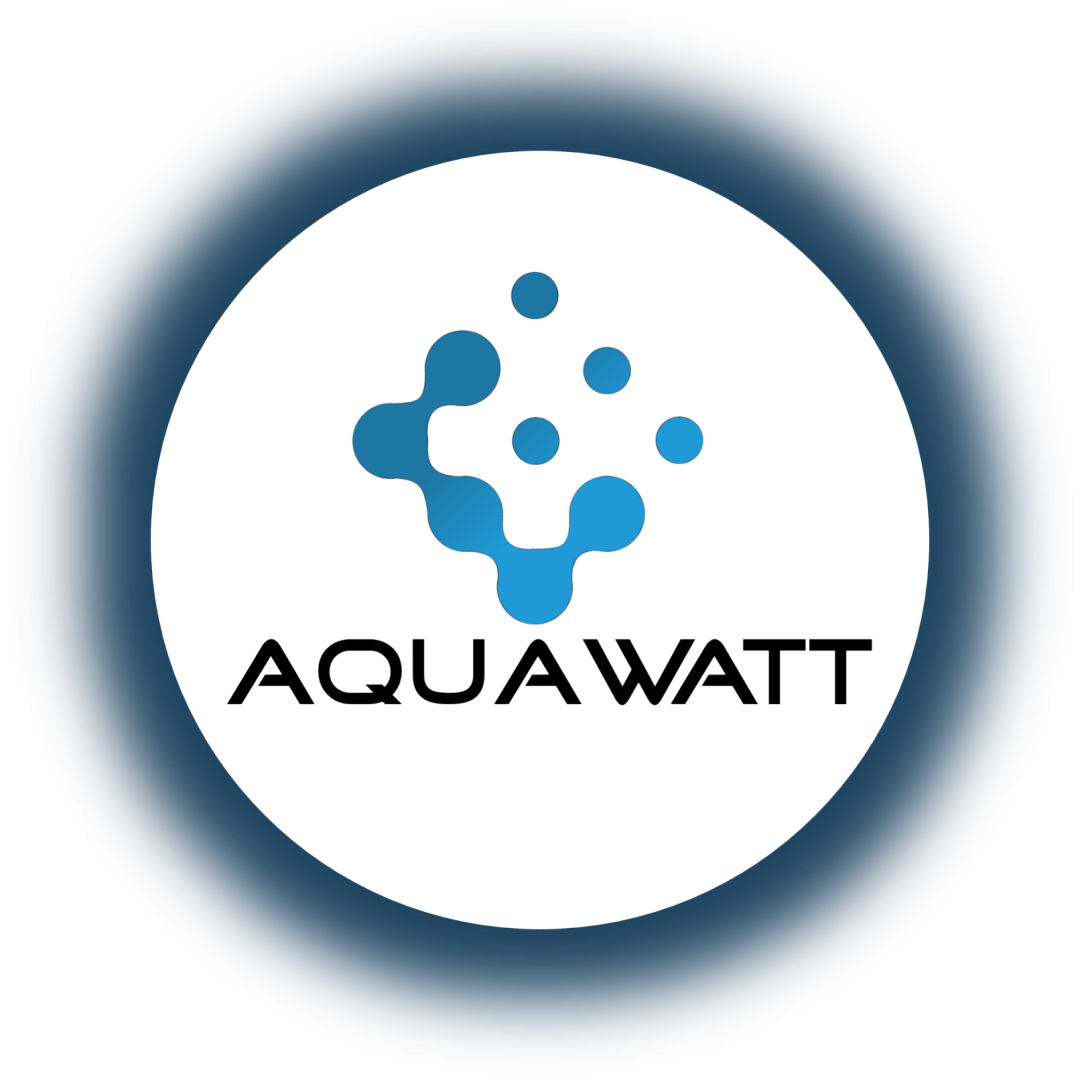Innovation Lump Sum: AquaWatt

Project Coordinator: Advanced Microturbines Srl
Country: Italy
Project Partner: A-SIGN Srl
Country: Italy
Industrial ecosystem: Energy-intensive industries
Summary:
Throughout Europe, 23% of water is lost. This means that 23% of the drinking water must be treated again to enable access to clean drinking water adding to the high energy consuming profile of the drinking water sector. Eligibility check: Project Coordinator & Individual SME 1.1 Project partner information AquaWatt is a self-powered real-time water grid management system that enables continuous remote monitoring to enable asset management of water service networks through data-driven decisions. The core technology, our patented microturbine, harvests energy from pipeline pressure that would otherwise be wasted. It enables IoT connectivity whilst being independent of the electrical grid. This is coupled to a smart control unit that acquires IoT sensors (e.g. pressure, flow), water quality sensors (e.g. turbidity), locally pre-processed with an edge computing approach and then transmitted to a cloud to enable data-driven decisions. All this contributes to decrease Non-Revenue Water (NRW, i.e. water pumped but lost before it reaches the users) and improves water quality but also saves energy, reduces repair and maintenance costs, reduces as well as reputational harm. This leads to a reduced total cost of ownership, it results in deferred infrastructure renewals and extended asset life; and fewer problems on user connections, all leading to a better economically managed and more environmentally friendly water service.
Processing is carried out with both Bayesian models (Markov Chain Monte Carlo) and physics-informed neural networks (PINNs). The former allow a probabilistic framework to support decisions and the latter enable the leveraging of well-known physics laws to smoothen end enhance the deep learning optimization. Both contribute to the predictive maintenance of the key components of the system, namely microturbine and life prediction of the buffer battery recharged by the microturbine.
| Attachment | Size |
|---|---|
| Project #62.pdf | 518.49 KB |